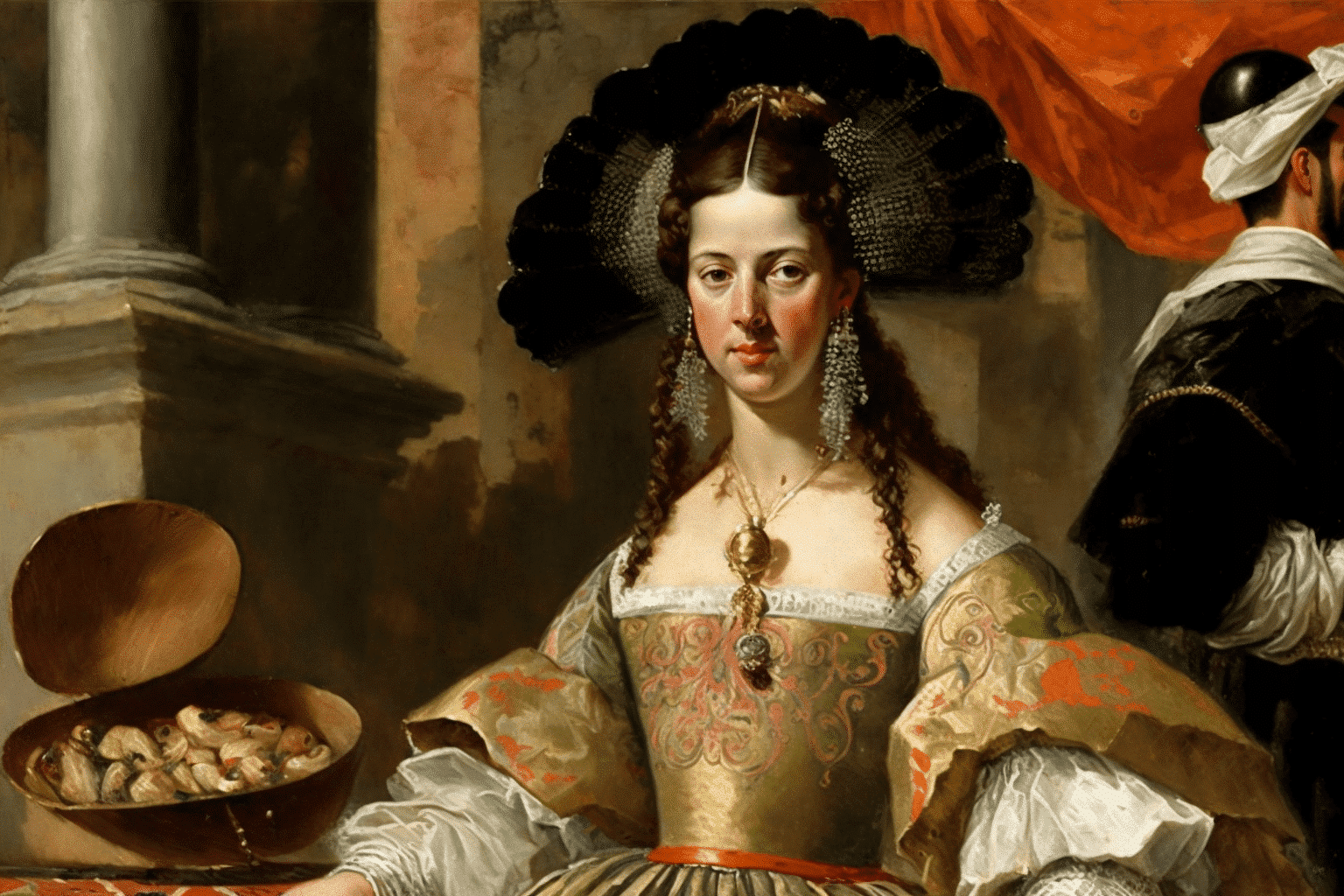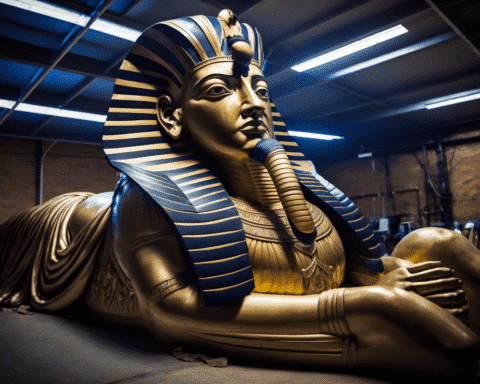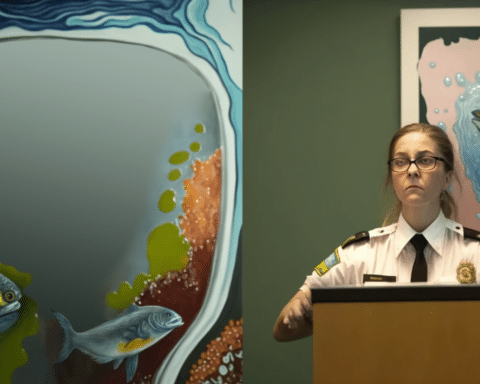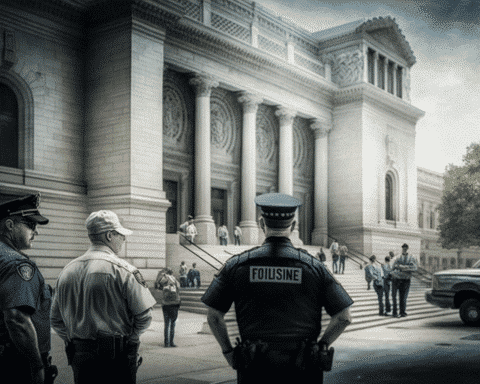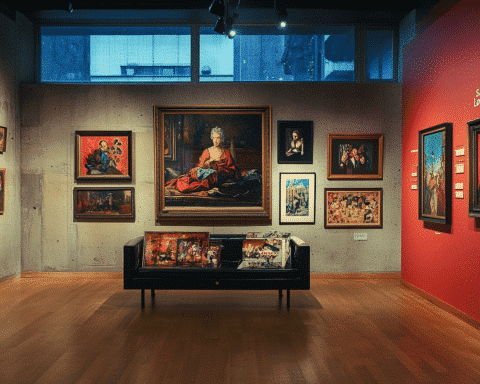Four individuals are under investigation by Spanish police for fraud after allegedly attempting to sell counterfeit paintings for over €76 million ($84 million), falsely claiming they were created by renowned artists Velazquez and Goya.
The seized counterfeit works included four attributed to Francisco de Goya and one to Diego Velazquez. The Valencia regional government revealed that these pieces came with extensive falsified documentation to deceive potential buyers. All the artworks were discovered in Valencia, a city on Spain’s eastern Mediterranean coast.
The authorities have questioned the suspects but not arrested, as reported by the regional government’s justice department press office.
The counterfeit Velazquez painting, titled “Portrait of Mariana of Austria,” had the highest asking price at €50 million. The original piece is displayed at the Prado Museum in Madrid.
The investigation began earlier this year when authorities noticed attempts to sell the fake artworks in Valencia and the neighbouring province of Castellon. Renowned Spanish art experts have confirmed the paintings as forgeries.
Gabriela Bravo, the head of the regional government’s justice department, emphasized that while art forgery can be lucrative, it ultimately devalues the work of talented artists, in this case, notable figures in Spain’s history.
Two counterfeit Goya paintings, priced at over €7 million each, were found to be replicas of works by Anton Rafael Mengs, with the originals also housed in the Prado. A third fake Goya, titled “Allegory of the Pillar of Zaragoza,” was deemed a low-quality piece not created by a professional painter. Finally, the last counterfeit Goya, priced at €8 million and titled “Blessing of Santa Rosa de Lima,” was discovered to be a copy of a painting from an unidentified 17th-century Italian artist rather than Goya.
Investigating this high-profile art forgery case continues as authorities work to identify and apprehend any additional suspects involved. The Spanish police are also cooperating with international law enforcement agencies to track down potential buyers and prevent the sale of counterfeit art on the global market.
The Prado Museum, where several original artworks are housed, is working with experts to raise awareness about art forgeries and educate the public on identifying genuine masterpieces.
In response to this case, the Spanish government is considering strengthening regulations surrounding the art market, including the authentication and certification processes for artworks. The government aims to protect the reputation and value of Spain’s rich artistic heritage and ensure that forgeries uphold the appreciation of genuine masterpieces.
As the investigation unfolds, this case serves as a reminder of the need for vigilance in the art world to protect both the integrity of the artists and the value of their work. It also emphasizes the importance of collaboration between art institutions, experts, and law enforcement to combat art forgery and maintain the trust of collectors, enthusiasts, and the general public.
